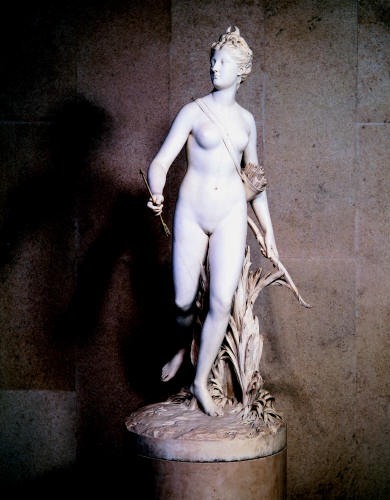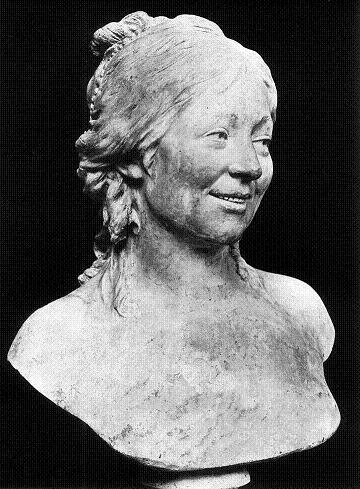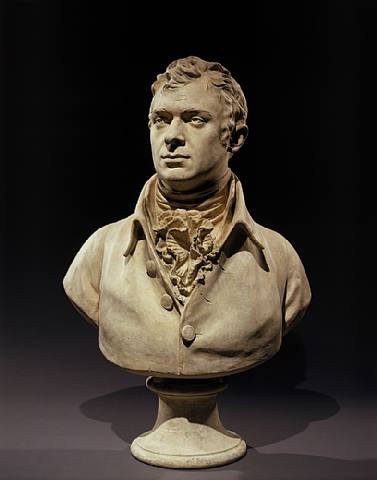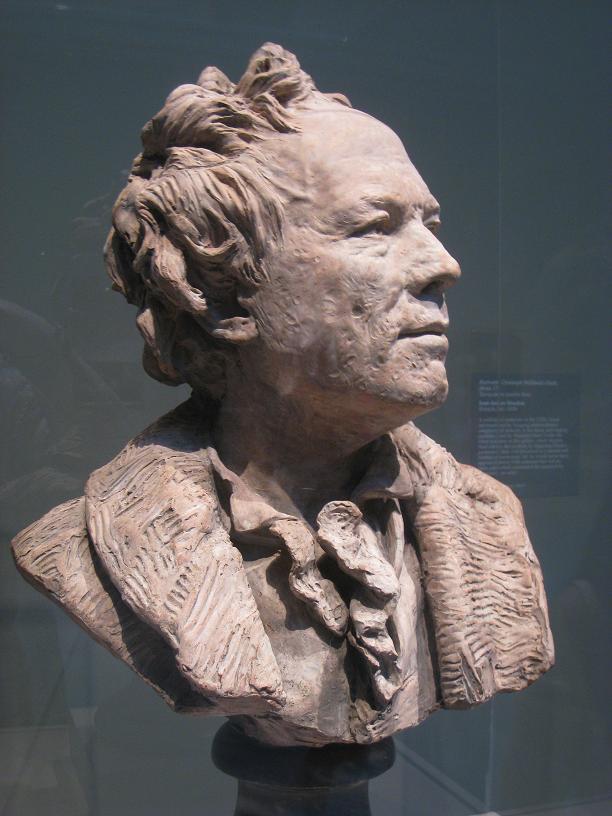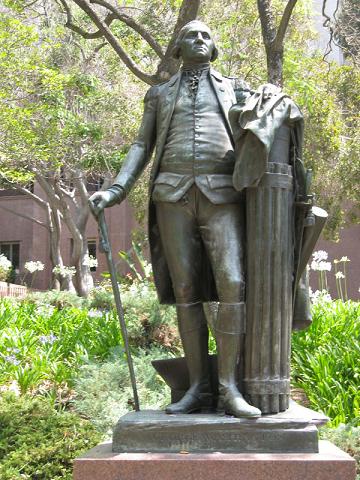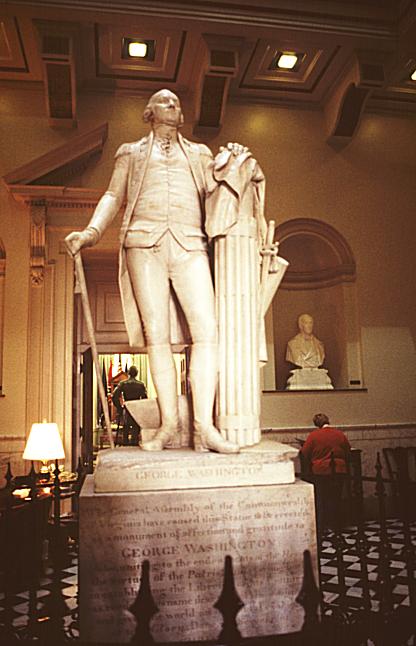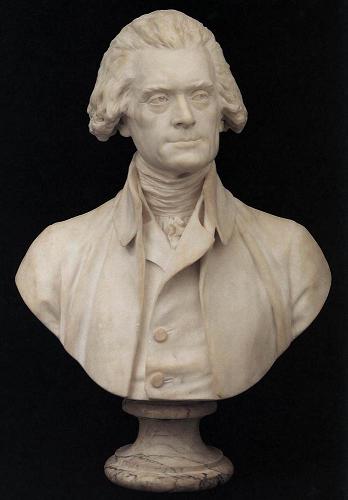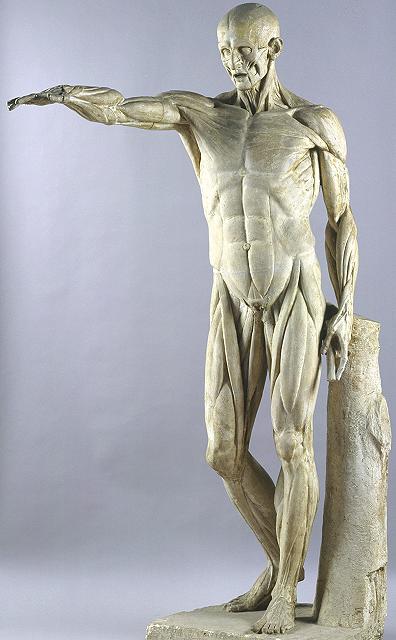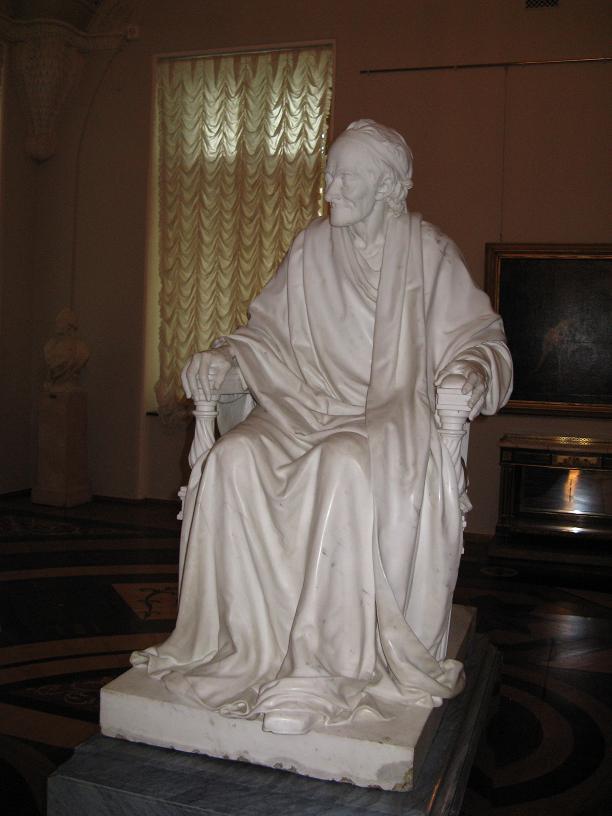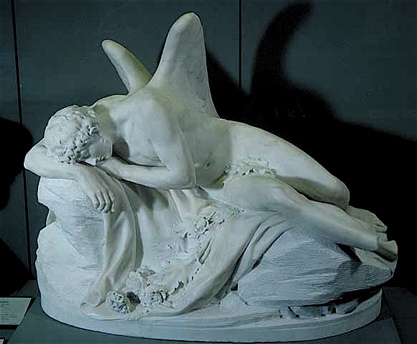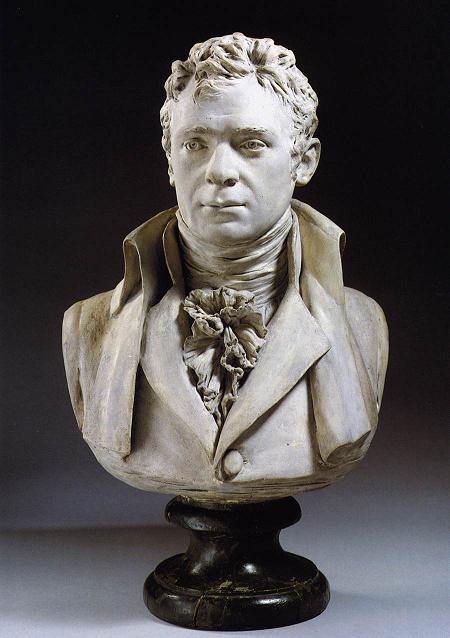<Back to Index>
- Mathematician Sergei Petrovich Novikov, 1938
- Sculptor Jean Antoine Houdon, 1741
- Hetman of Ukraine Ivan Stepanovych Mazepa, 1639
PAGE SPONSOR
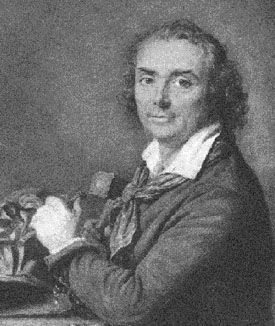
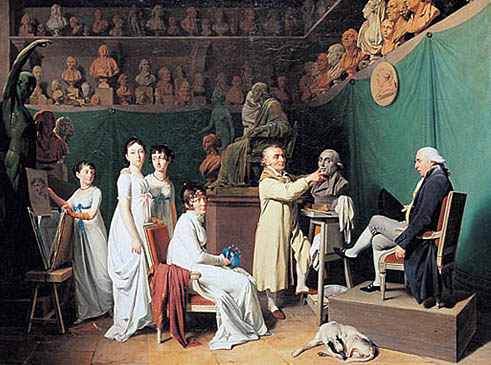
Jean-Antoine Houdon (20 March 1741 – 15 July 1828) was a French neoclassical sculptor. Houdon is famous for his portrait busts and statues of philosophers, inventors and political figures of the Enlightenment. Houdon's subjects include Denis Diderot (1771), Benjamin Franklin (1778-09), Jean-Jacques Rousseau (1778), Voltaire (1781), Molière (1781), George Washington (1785-88), Thomas Jefferson (1789), Louis XVI (1790), Robert Fulton, 1803-04, and Napoléon Bonaparte (1806).
Born in Versailles, Houdon won the Prix de Rome in 1761 but was not greatly influenced by ancient and Renaissance art in Rome. His stay in the city is marked by two characteristic and important productions: the superb Ecorché (1767), an anatomical model which has served as a guide to all artists since his day, and the statue of Saint Bruno in the church of Santa Maria degli Angeli e dei Martiri in Rome. After a ten-year stay in Italy, Houdon returned to Paris.
Houdon's portrait sculpture of Washington was the result of a specific invitation by Benjamin Franklin to cross the Atlantic specifically to visit Mount Vernon, so that Washington could model for him. Washington sat for wet clay life models and a plaster life mask in 1785. These models served for many commissions of Washington, including the standing figure commissioned by the Legislature of Virginia, and located in the Virginia State Capitol in Richmond. Numerous variations of the Washington bust were produced, portraying him variously as a general in uniform, in the classical manner showing chest musculature, and as Roman Consul Lucius Quinctius Cincinnatus clad in a toga. A cast of the latter is located in the Vermont State House.
Houdon became a member of the Académie de peinture et de sculpture in 1771, and a professor in 1778. Perceived as bourgeois for his connections to the court of Louis XVI, he fell out of favor during the French Revolution, although he escaped imprisonment. Houdon returned to favor during the French Consulate and Empire, being taken on as one of the original artistic team for what became the Column of the Grande Armée at Wimille.
Houdon died in Paris and was interred at the Cimetière du Montparnasse. He was a member of the masonic lodge Les Neuf Sœurs.
